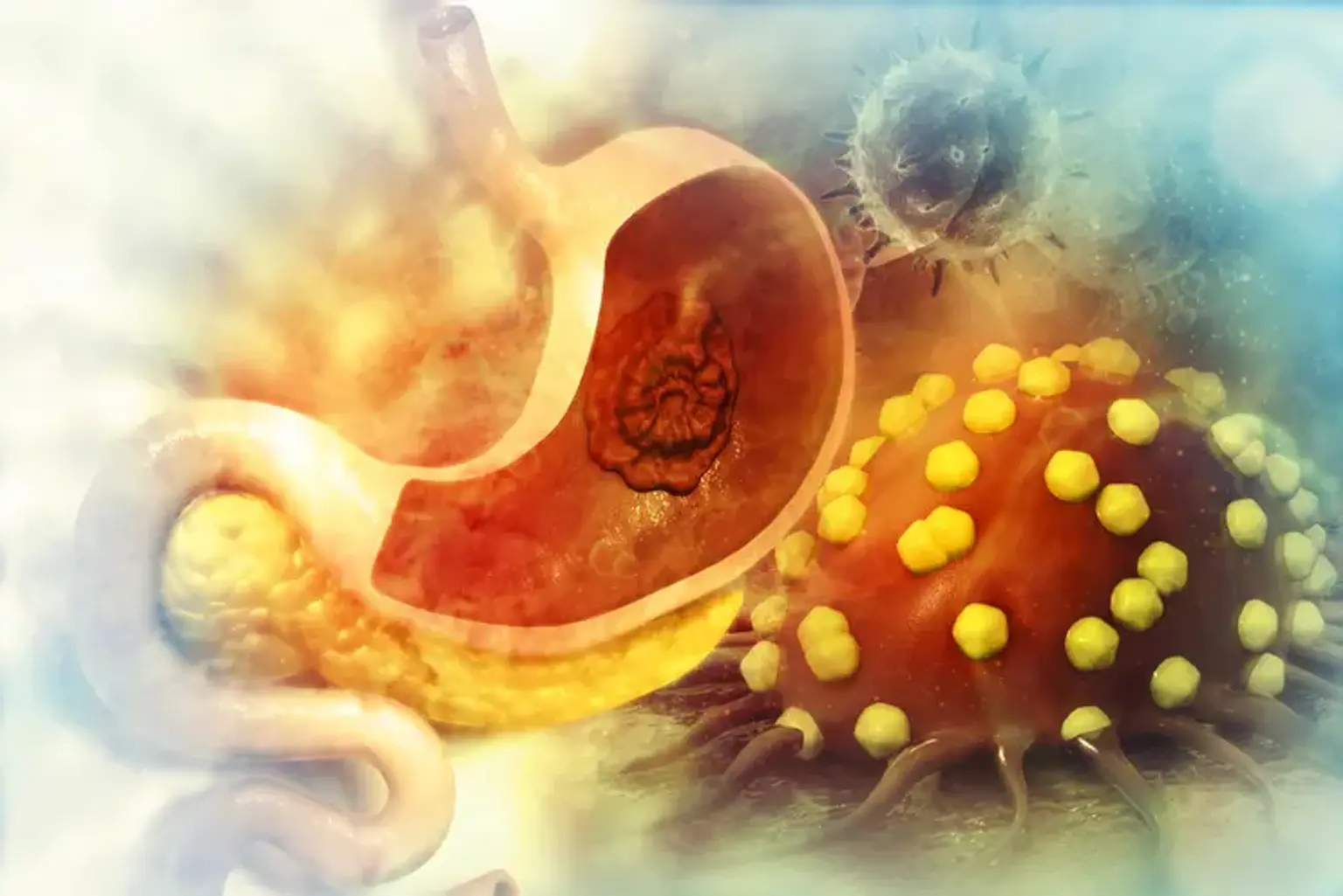Early-Stage Gastric Cancer
Regardless of lymph node involvement, early-stage gastric cancer (EGC) is an adenocarcinoma that is limited to the mucosa or submucosa. Early does not refer to early detection but rather to primary lesion characteristics. The Japanese Society of Gastroenterological Endoscopy established this histological entity in the 1960s based on the finding that this particular kind of stomach cancer had a good prognosis, with a five-year survival rate of more than 90%.
